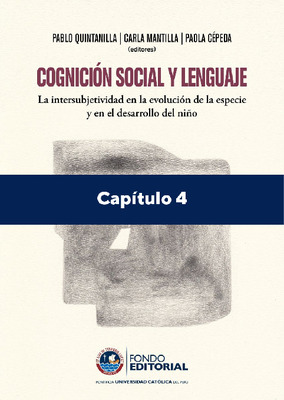| dc.description.abstract | Scientists who study human reasoning across a range of cognitive domains have increasingly converged on the idea that there are two distinct systems (or types of system) involved. These domains include learning (Berry & Dienes, 1993; Reber, 1993), conditional and probabilistic reasoning (Evans & Over, 1996; Sloman, 1996, 2002; Stanovich, 1999), decision making (Kahneman & Frederick, 2002; Kahneman, 2003), and social cognition of various sorts (Petty & Cacioppo, 1986; Chaike and others, 1989; Wilson and others, 2000). Although terminology has differed, many now use the labels System 1 and System 2 to mark the intended distinction. System 1 is supposed to be fast and unconscious in its operations, issuing in intuitively compelling answers to learning or reasoning problems in ways that subjects themselves have no access to. System 2, in contrast, is supposed to be slow and conscious in its operations, and is engaged whenever we are induced to tackle reasoning tasks in a reflective manner. Many theorists now accept that System 1 is really a set of systems, arranged in parallel, while believing that System 2 is a single serially-operating ability. | es_ES |


